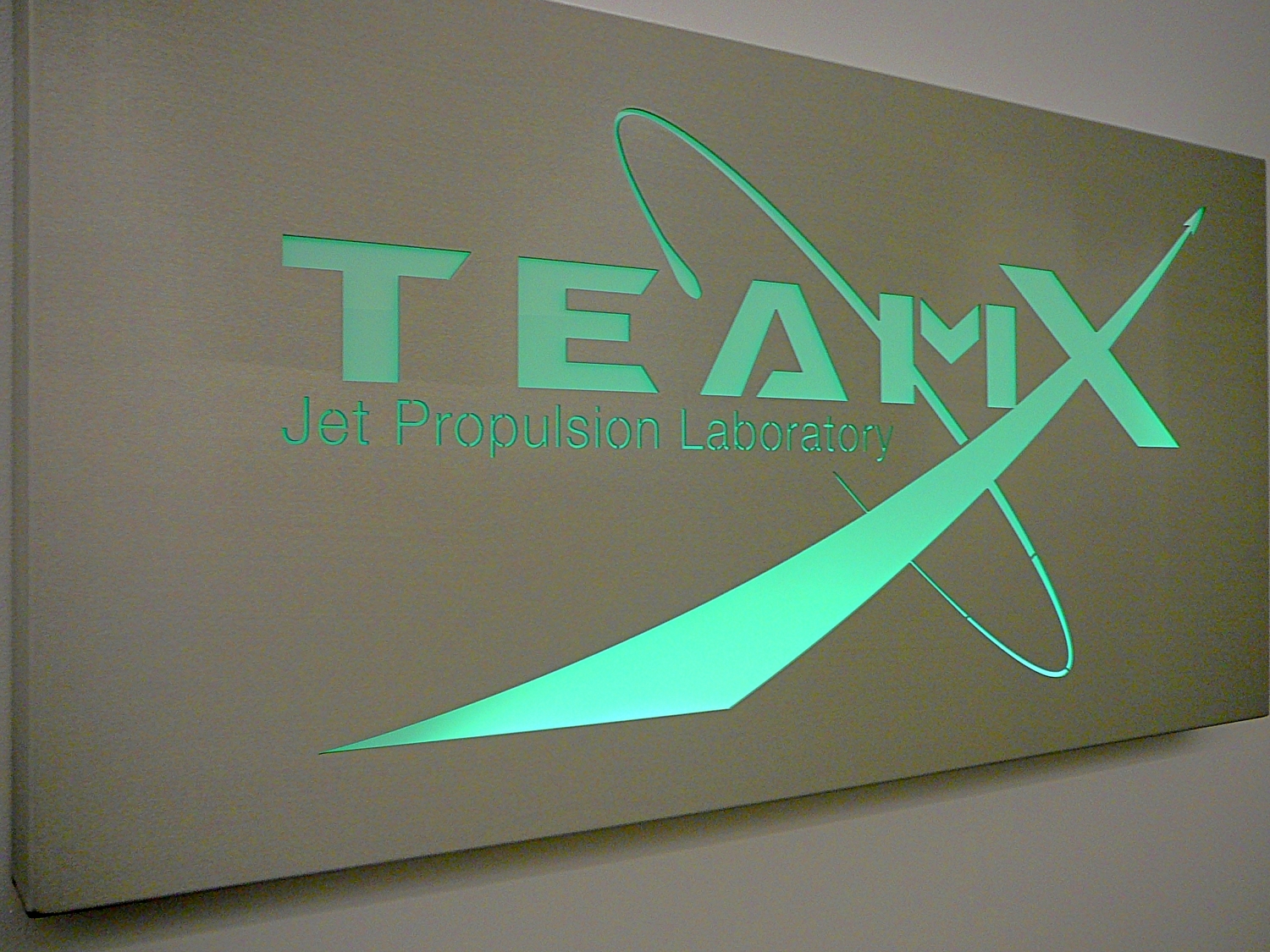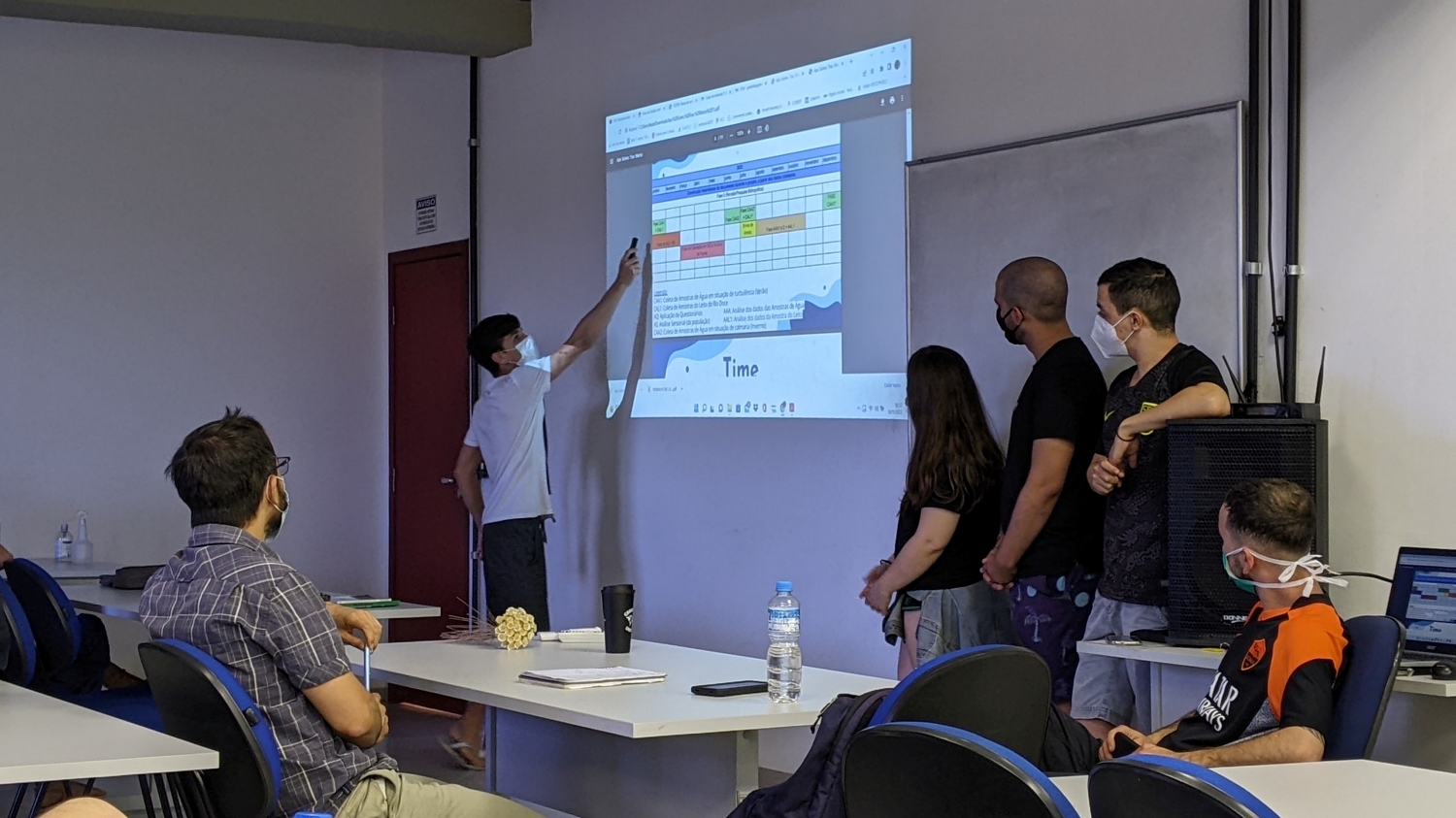Designing Better Student Projects
The point of education is to provide students with knowledge and skills that they can use to build successful lives and societies. But we often fall short in accomplishing that goal by limiting our teaching to transmitting information, with the hope that the information will be converted by student minds into applicable life skills. This isn’t done by teachers on purpose, it’s simply the logical outcome of the desire to get as much information taught in the time that is available. Unsurprisingly, this approach falls short, with students often feeling that their education hasn’t prepared them for the “real world”. But the risk of focusing too much on preparation for jobs (which is what people often mean by the “real world”) is creating institutions that serve as job training programs for industries that may not be around in a decade.
There is an interesting approach developing in institutions globally, particularly in two of the places where we work via the Greenworks program, Universidade Estadual de Campinas (UNICAMP – Brazil) and Khairun University (Indonesia), that is aiming to fix this shortcoming in tertiary education. At both universities, students are increasingly being required to complete extension or community projects in order to graduate. What is an extension or community project? It’s a project students need to do where they apply what they’re learning in the classroom to some kind of activity outside the classroom, in the actual real world. The great hope is that by having students actually put their knowledge to practical use benefiting their communities during their formal education (and receiving mentor guidance as they learn how), they’ll be able to do so more reliably and successfully after graduation.
The kind of teaching that these programs require, however, differs from what many teachers are used to doing. Instead of telling students what they need to know, for example, teachers must help students develop their own ideas into workable projects. And knowing the background science is not enough. Students can have excellent knowledge about the background science and have no idea how to actually apply it to solving a problem. We saw this clearly in the early years of the Greenworks program, where students would submit project proposals that contained a very thorough report on the background science, but a short half-page project plan. And no amount of iteration on these kinds of proposals was able to get students to think through the project plan in-depth. Clearly we needed another approach, one that would help students better think through the entire project lifecycle.
Lev’s Perspective (Greenworks Development)

Learning project design through TeamX at NASA’s Jet Propulsion Lab in 2008 was inspiring enough to want to use the methodology with student environmental stewardship projects in the Greenworks program.
As I was finishing up graduate school around 2008, I had a desire to move more into the astro part of astrobiology, particularly space-based missions. One of the opportunities I explored during this transition was a mission design program through NASA’s Jet Propulsion Lab (JPL) called TeamX. Although I was on the afterthought of an Education and Public Outreach position, which didn’t have much to do, watching the rest of the team develop a mission concept to explore Trojan asteroids (which orbit the Sun at two of Jupiter’s Lagrange points) from initial idea to a twelve-year mission plan was fascinating. I observed as a really ambitious plan for a double-impactor mission was gradually stripped away due to time and budget constraints. I remember becoming disheartened as we spent days unsuccessfully trying to get the mission light enough that we could launch it on an actual existing rocket. We stripped away one science objective and instrument after another, but still, the spacecraft was too heavy or required too much power. Then, suddenly, near the end of the week, it all came together into a fundable and doable mission. I never ended up going down the mission-based career pathway, but the experience stuck with me, especially once the ability of doing the same kind of thing on the cheap via CubeSats with students became a very real possibility.
The approach that we adapted for the Greenworks program is the one that many NASA scientists use to develop their mission concepts and is, in fact, outlined in how to respond successfully to “announcements of opportunity”, which are calls for mission proposals. It includes dividing up the project into a “science traceability matrix” and a “mission traceability matrix”. The idea is to break the work you want to do into its component parts so that you can really think through what is necessary to successfully answer a science question:
- What do I want to know?
- What do I need to observe in order to know it?
- How do I observe it?
- How good do those observations have to be?
- How, when, and with what do I make those observations?
- Who do I need to involve? And when?
- How will we respond to problems that arise as we execute the project?
This approach requires the creation of a couple of large spreadsheets that transform these questions into tasks, instruments, spacecraft architecture, spacecraft operations, launch vehicles, launch windows, mission duration, and ground operations. Of course, once all this is laid out on paper, it turns into an unwieldy beast that is way too expensive and requires far more time and personnel than originally anticipated during the brainstorming phase. But having these matrices in front of you allows you to be able to identify high- and low-priority tasks and the impact of removing one or more of them on time, money, and science goals. In the end, a mission proposal can be proposed that is likely to adhere to budget and timeline constraints, with a plan on how to react to problems and changes without compromising the science goals of the mission.
It’s an approach that can work very well for designing any kind of community project, whether you head into space or stay terrestrial. So how well does it work in practice? We implemented this approach in late 2022 in a fieldwork course (Trabalho do Campo) at UNICAMP.
Roberto’s Perspective (UNICAMP Implementation)

Roberto watches as a student group presents their environmental research project proposal. Here, a student is outlining the phases of the project, scheduled out over the course of a year.
The undergraduate course “Trabalho do Campo” is designed to give geography students experience in fieldwork. The course is split between several different professors who teach about the various aspects of fieldwork and it includes a field trip, this year to Cananéia in southwest São Paulo state. For students, they just see the results of the field trip. They get on the bus, arrive at the destination, have professors guide them around, and then the bus brings them home. But the logistics are hidden from them. The Greenworks curriculum let them see just what it takes behind the scenes to organize a project like that.
The students in our class are geography students. They often have a different mindset, thinking more about phenomenology and using holistic approaches, rather than thinking through projects step-by-step logically. The Greenworks curriculum we used included lessons on:
- Asking good science questions
- Selecting research instruments
- Planning timelines and budgeting the work
- Identifying risks to the projects and putting together mitigation plans
This was a good exercise for the students, as the rough guidelines to the major phases of project design helped them understand what they should be working on and in what sequence. Early on, the students predictably became stuck on the science questions, insisting on refining them and the background research for a few weeks. As a result, we needed to push them along to other parts of project design. By the end of the semester, all the groups prepared their own project plans and presented them to the rest of the class, who could ask questions and evaluate whether the plan was feasible or not.
What worked extremely well was the week on logistics, time tables, and budgeting. They initially proposed budgets that were way too low and times that were way too short, the equivalent of a few hundred dollars (which is low even for Brazil) and a few days to complete all the work. They had only been considering the field trip part of the work and none of the supporting work required before and after the fieldwork. This is not surprising, because the field trip is the part that they see when we take them on field trips. But once we asked them to think about how much preparation work they would need to do before the fieldwork (such as securing permits, renting vehicles, making hotel reservations, and acquiring the right research equipment) and after they came back (analyzing the data), they began to expand their time tables considerably. They also added to the budget once we asked them to consider the cost of cars, hotels, instruments, and even their own salaries. They were really surprised at how much work was required to prepare for the field trip and the work they still had to do once they got back, and how much all of it cost.
All in all, it was a good experience for the students. But it was all theoretical. Hopefully in the future, students will be able to implement the projects that they spend so much time designing. This will help them gain additional knowledge on how plans often differ from what unfolds in reality.
You can join Greenworks either as a teacher or a financial supporter!
Notes for Practice
Project Design Curricula
Create room for discussion. A consistent problem, especially in many global academic settings, is deference to the faculty authority figure, who is treated as the source of all wisdom and knowledge. Students may often be reluctant to propose their own ideas and defer to your priorities or interests. Center your students by having them discuss what interests or concerns them.
Guide, don’t lead. Your role in a project design experience is to guide students to think through their work. If you identify obvious problems, rather than pointing them out and fixing them, help students identify those problems using the same approaches that you used to identify them.
Push past the science. Students will gravitate towards the science because it is easy to talk about. Laying out a work plan is much more difficult. Push students towards selecting instruments, building budgets, and laying out timelines within a week a two. Remind them that the science can and will be revisited as the project develops.
Failed ideas are OK. Students may be reluctant to propose ideas and projects because they feel that they don’t know the background or understand the problem well enough. Reframe the experience as a multi-week brainstorming session, and that it’s OK not to have it all figured out early on.
Harness surprise. Students will propose projects that are unrealistically cheap and short, often because they only focus on the data-collection aspect of the project. After they present such a budget and timeline, guide them in thinking through the preparation that must be completed prior to the fieldwork and the time, people, and materials it will require to complete the analysis of the collected data. Also, have them think about when things go wrong and how to hedge against problems. Then, have them compare the budget and timeline after this process to their initial one and have them reflect on the differences and how they feel about it.
